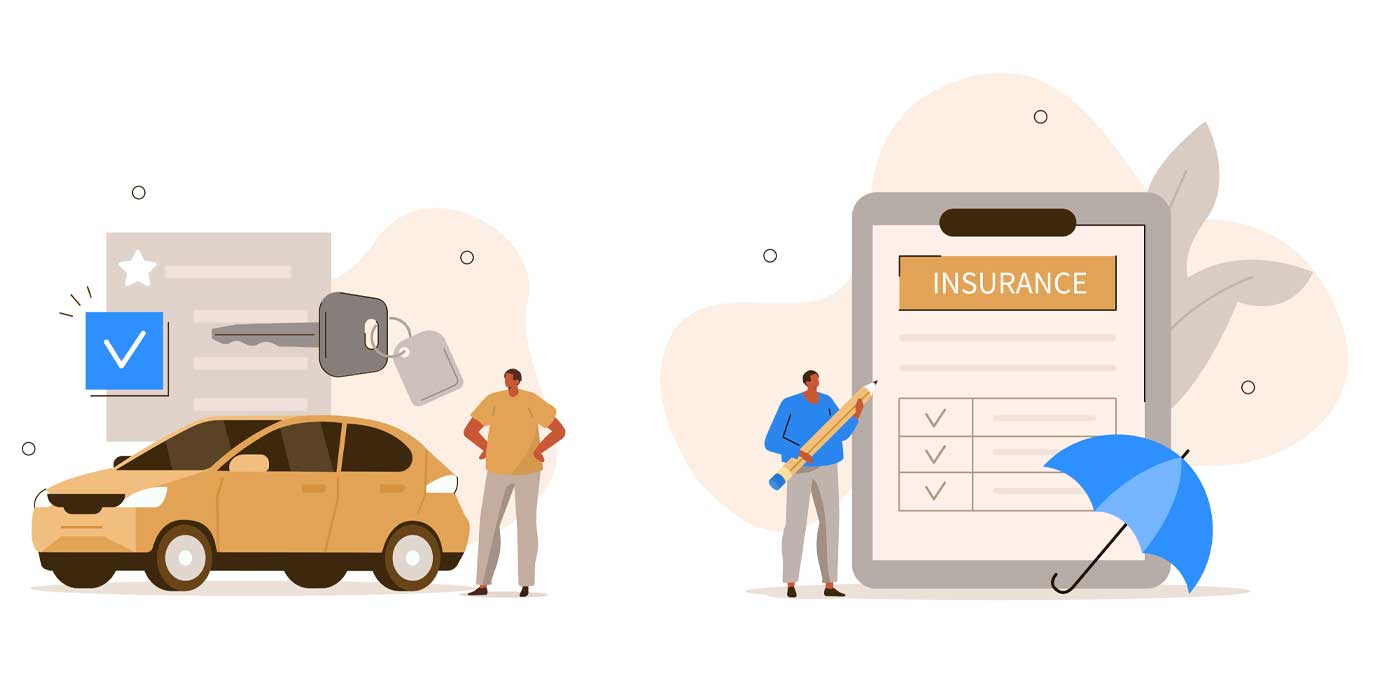If your dealership is gross driven, you have the opportunity to be far more stable and successful and with a greater life expectancy than a dealership that is primarily volume driven. However, the pressure to compete with your high-volume neighbors may seem unavoidable.
So, what’s creating and perpetuating the downward pressure on dealers to be volume driven? Perhaps more importantly, what can you do to keep your competitive advantage over price prostitution?
First, let’s look at one of the root causes. While “factory” is not always an “F” word, it can have a major influence in the sustainability of a dealer’s very existence. So, the factory wants to push you to do more volume, what’s the big deal?
The big deal here is that being solely volume driven flies in the face of common logic to most dealers when they think about the consequences. Gross is not and never should be considered a dirty word and without gross, you have no profits. We all have an obligation to be profitable: Profitability = job security.
I know some of you have already said, “when it comes to volume and gross, we can be both.” That may be true, and being both is an excellent plan. The trouble comes when a smaller volume dealership attempts to compete with the price leaders without these three components in place and the dealership ends up exhausting their cash flow, exposing operational vulnerabilities and risking financial weakness that can ultimately take them under.
The factories that attempt to thrust the volume logic onto the dealer create an instability that begins the slow death of the dealer’s agility, resilience and ability to maintain a stable, productive and healthy working environment, and can even kill the good culture. In addition, a volume-driven dealership has a much more difficult time maintaining its existence in a lean market. When things are great and everyone is making money it’s much more difficult to see those weaknesses. The true test of a dealership’s sustainability is how well it functions in a down economy, and everyone knows that market adjustments are always just around the corner.
Here is a list of five indicators that I see forcing dealers to morph into “price-focused, profit-margin-shrinking, volume-selling dealerships.”
1. CSI (Customer Satisfaction Index)
In most cases, good grosses represent good CSI. In contrast to this, lower grosses more often represent poor CSI. The factory puts constant pressure on the dealerships for excellent CSI and in fact will use such carrots as electronic leads, factory money, inventory allocation and probationary actions to “incentivize” the dealer to perform. These “risky business” tactics of converting a dealership from gross to volume is like playing Russian roulette with your dealership.
2. Shrinking Profit Margins
Low front end gross means less money in the variable operations department. In our industry, job descriptions drive the pay plan, and strong pay plans drive and help maintain strong talent coming into your organization. In addition to this, the vendor pool is turning into a quicksand pit, and many (not all) vendors are in a feeding frenzy picking the meat off every dealer bone they can get to.
3. Newer Facilities Pressure
“Build a new facility and we’ll give you more inventory, advertising money and more.” The factory pressures dealers to build newer, more expensive facilities, creating more overhead and again more pressure on dealers to meet their financial obligations.
4. Factory Money
The “volume” carrot is dangled from the factory with promises of unit bonus money at the end of the month if the OEM objectives are hit.
5. Sales Price Wars
Dealers are being told to give them away on the front, and make it all back in finance. Did you know that you can’t even work for a public automotive retail company as a finance manager unless you can stay above $1,500 PVR (per vehicle retailed) in the finance office? (Feel free to correct me if I’m wrong.)
How, then, do we stay in the gross-driven zone while still competing with the price-driven volume leaders? Let’s get to some very viable solutions.
Competing with price-driven marketing is pretty straightforward. A good friend of mine once told me that there’s no reason to advertise if you’re not going to be the cheapest, and while that may be true, that doesn’t mean we need to price every piece of inventory we have below
market value. It also doesn’t mean that every car a customer comes in for they’re going to buy. Seven out of 10 people who leave without buying a car leave because they were on the wrong car. What does this mean for you? Hang price leaders out there in your advertising and keep it real and keep it honest. You can effectively compete online with a few very popular new and used cars in your inventory that are priced to get attention and are priced to sell. Keep in mind that hanging price leaders does not mean undervaluing your entire inventory.
Have a BDC that handles sales and service. We have learned that almost every penny the dealership spends on marketing is now coming back to the dealership in the form of an electronic lead. Dealers are truly now “drinking through a fire hose” with electronic leads.
I always tell my dealer clients, before you spend another dime on advertising you need to increase the efficiency and effectiveness with which you process the leads you currently have coming in. Do this first, and then once you have control of this process, you can buy as many leads as you want and spend as much on advertising as you want.
One of the misconceptions in today’s retail arena is that regardless of what you think, most people will not sit there on their smart phones for hours perusing your inventory, finding the perfect car with the perfect price and then poof, just show up at your dealership and buy. What they will do is pick up the phone and call your dealership, or send you an email or even start a live chat with you if you have that feature available on your website.
Take a look at how smart phones have evolved: according to a Pew Research Center survey, cell phone ownership in adults now exceeds 91 percent. So that means that pretty much everyone who can buy a car has a cell phone. After a short look at your online inventory, a quick tap of the phone number, email or live chat and boom, they’re communicating with someone at your dealership. Who is that person? What are they telling your customers? If there is a look of fear in your eyes at this point, I think you know where I’m going with this article. What’s going on in your BDC, or do you even have one? If you don’t have one, you need to get one. If you do have one it needs to be running at 15 to 23 percent conversion from initial contact from a customer to an appointment that ultimately shows up and buys.
So, let’s recap. It all starts with competitive price leaders in your advertising, followed by a strong BDC to escalate each electronic lead to a phone call and a showed appointment. The last step is to ensure you’re building value in yourself, your product and your dealership. I hope you now see that the volume leader is not always the strongest leader in the arena. There are always exceptions to this rule, but I firmly believe that in the long run, and with the right tools in place, gross can beat volume every time in the variable operations gross arena.
Click here to view more solutions from Kevin Bradberry and Atlas Dealer Services.














